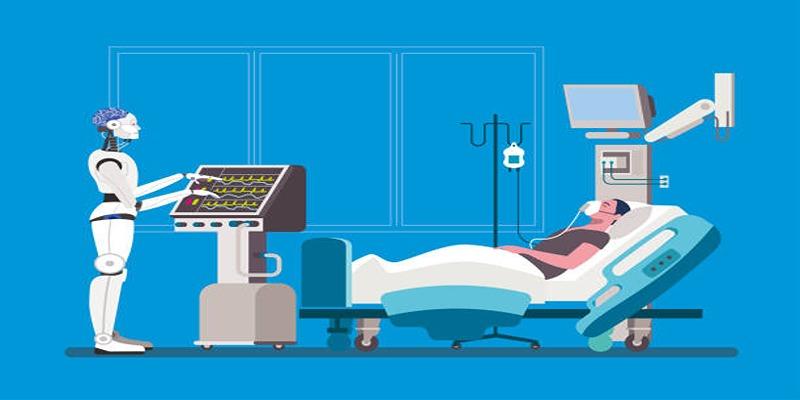These days, firms need to move swiftly while maintaining smooth and efficient operations. It's often hard to see how work gets done from start to finish, especially as systems and communication become more complex. Process mining and communication mining converge to provide you with a comprehensive view.
Process mining reveals how tasks are transferred across systems; communication mining exposes how people interact with one another to complete those tasks. Although every tool offers you insightful data, combining them unlocks powerful means to influence events. This guide will demonstrate how this holistic strategy enables companies to operate more effectively, offer consumers a superior experience, and keep ahead of their rivals.
Understanding Process and Communications Mining
Together, process mining and communication mining enable companies to gain a better understanding of how their work is accomplished. Using system data from technologies such as CRMs and ERPs, process mining generates visual maps of tasks. It helps groups identify inefficiencies, missed steps, or delays. It focuses entirely on structured data and system events. Conversely, communications mining explores emails, chats, tickets, and meeting notes that are not organized.
Using artificial intelligence and natural language processing, it illustrates how people communicate, address problems, and make decisions. It captures approval delays, urgency, and tone—elements that systems alone can't convey. Combining these tools enables you to view everything that happens, whether it is performed by humans or automated. It helps firms operate more efficiently, reduce errors, and make better decisions based on real-time consumer reactions and interactions.
Why Combine Process and Communications Mining?
Combining process and communications mining provides you with a complete view of actual task execution. Process mining displays activities based on a system, including task flows and system logs. Communications mining helps to fill in the gaps by showing how people communicate with one another through emails, chats, or tickets. Together, they explain not only what happened, but also why it happened.
This combination helps identify manual tasks, misconceptions, and delays that prolong processes. It also helps people make wiser judgments by presenting both technical and human reasons for issues. Teams improve the customer experience, collaborate more effectively, and resolve broken processes. Using both solutions helps companies to learn more, solve issues more quickly, and streamline their processes.

Key Benefits of Combining Process and Communications Mining
These are the primary benefits that businesses can achieve by combining process mining with communication mining for enhanced operations.
- Complete Visibility Across People and Systems: When used together, both technologies give you a clear view of all your workflows. Process mining shows the steps in a system. Communications mining finds hidden relationships between people. It indicates activities that were missed, messages sent incorrectly, or changes that weren't recorded in system logs.
- Stronger Compliance and Risk Control: Process mining ensures that established rules and procedures are followed to perform tasks. Communications mining ensures that discussions adhere to the firm's rules. Together, they create thorough audit trails and help minimize compliance risks.
- Faster and Clearer Problem Resolution: Process mining indicates where the delay happened. The reason for it is explained by communications mining. That makes it much easier and faster to identify and resolve issues.
- Better Automation Planning and Execution: The tools identify tasks that are slow, repetitive, or prone to errors. Then, businesses can automate effectively, saving time and delivering better results.
- Improved Collaboration and Team Insight: Communication analysis reveals how people communicate, behave, and feel in response to stress. Leaders can help people work together more effectively and resolve communication issues early on.

How to Get Started with Process and Communications Mining
Here are the key steps to help you successfully begin using process and communications mining in your organization.
- Step 1: Select Tools That Support Both Mining Types: Select tools that offer both process mining and communication mining capabilities. Some systems now include both. Verify that the tools are compatible with your systems and the size of your business.
- Step 2: Begin by Mapping Core Workflows: Pick one critical business procedure to start with. Use process mining to monitor the steps and times of a system. Then, use communications mining to learn about how people engage with each other.
- Step 3: Identify Issues and Gaps in the Flow: Look at how things are supposed to work and how they actually do. Look for delays, missed approvals, or recurring concerns. Use your knowledge of communication to identify the underlying causes of these issues.
- Step 4: Create a Clear Plan for Improvement: Repair broken steps, train your personnel, and automate processes as necessary. Set performance goals to measure success. Monitor progress to ensure improvements are being made.
- Step 5: Expand to Other Business Areas: Use the same method in other departments once it has been successfully implemented in one. Sales, support, and HR can also benefit from this approach. Create a culture that prioritizes continuous improvement.
Future of Business Process Intelligence
The future of business process intelligence lies in combining data from systems with insights into how people interact with them. As AI and automation continue to improve, organizations will use real-time process and communication mining to inform their decision-making. These technologies will not only track what happens but also why, giving deeper insights.
Companies can use advanced analytics to anticipate when tasks will be late, collaborate more effectively, and automate processes more intelligently. The focus will shift from repairing problems after they occur to preventing them from happening in the first place. Using integrated insights can help make operations more flexible, effective, and client-focused. Companies that embrace this future will lead in innovation, execution, and adaptability.
Conclusion:
When firms combine process mining with communication mining, they gain a clear and comprehensive picture of how things work. Process mining tracks the activities within a system, while communication mining reveals how individuals interact to make decisions. They work together to identify problems that aren't immediately apparent, enhance teamwork, and improve the effectiveness of automation. This powerful combination enables businesses to stay compliant, minimize delays, and improve performance. It also helps build a culture of continuous improvement by making both technical and communication data useful.












